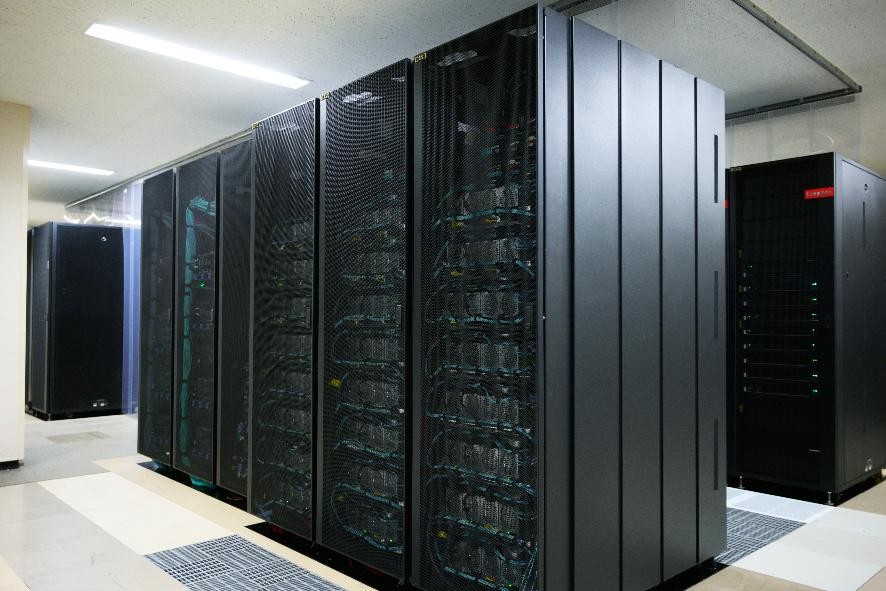The Computing Research Center (CRC) provides computational resources and computer networks to support the research activities at KEK. Recent international collaborative projects require worldwide distributed computer systems with grid or cloud techniques, which have been successfully implemented in the Large Hadron Collider (LHC) experiments. These systems are constructed on a global network environment as well as by using computer resources, such as CPU and data storage.
Information Systems
The CRC operates the Internet connections, campus networks, including the KEK-LAN in the Tsukuba campus with about 7,000 network devices, the JLAN in the Tokai campus with about 4,000 devices, and the HEPnet-J for high energy physics collaboration among domestic universities and laboratories. The demand for cyber security for these computer networks has been steadily increasing in importance.
The Central Computer System provides the KEK staff and the research collaborators with a large amount of data storage and CPUs for experimental data analysis. This system includes a computer Grid system that enables cooperative analysis for global scale collaboration projects. The Central Computer System was replaced in September of 2024 by a new system to cover the increasing requests of the Belle II experiment and the Japan Proton Accelerator Research Complex (J-PARC) experiments.
The CRC provides an e-mail system and web systems to support communication in research activities as well as systems for a variety of services, such as mailing lists, video conferences, a Wiki, and a document management system (KDS-Indico).


Research and Development (R&D)
In addition to management of information systems, CRC is proceeding its research and development of activities concerning computational science. The following are such examples.
By utilizing virtual machines on demand and providing an elastic data analysis environment, cloud computing enables a dynamic rearrangement of computational resources, requirements of which change over time. This technology was investigated and evaluated for its possible introduction into a Linux cluster system, through which the heterogeneous clusters can be used dynamically for various kinds of data analysis.
Geant4 is a toolkit for a detector simulation of the passage of particles through matter. Geant4 has such flexibility and expansibility as the generic simulation framework that it is widely used in many different application domains, ranging from the HEP experiments to medical and space applications. CRC is continuously supporting the user community and is improving the system, especially in the parallel processing with GPUs.
GRACE is an automatic computation system that provides quantitative theoretical predictions of elementary particle cross sections and event generators for high energy physics experiments. To enable multi-loop integrals by GRACE, the Direct Computation Method is developed based on the numerical integration and the numerical extrapolation method.
